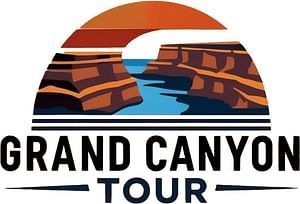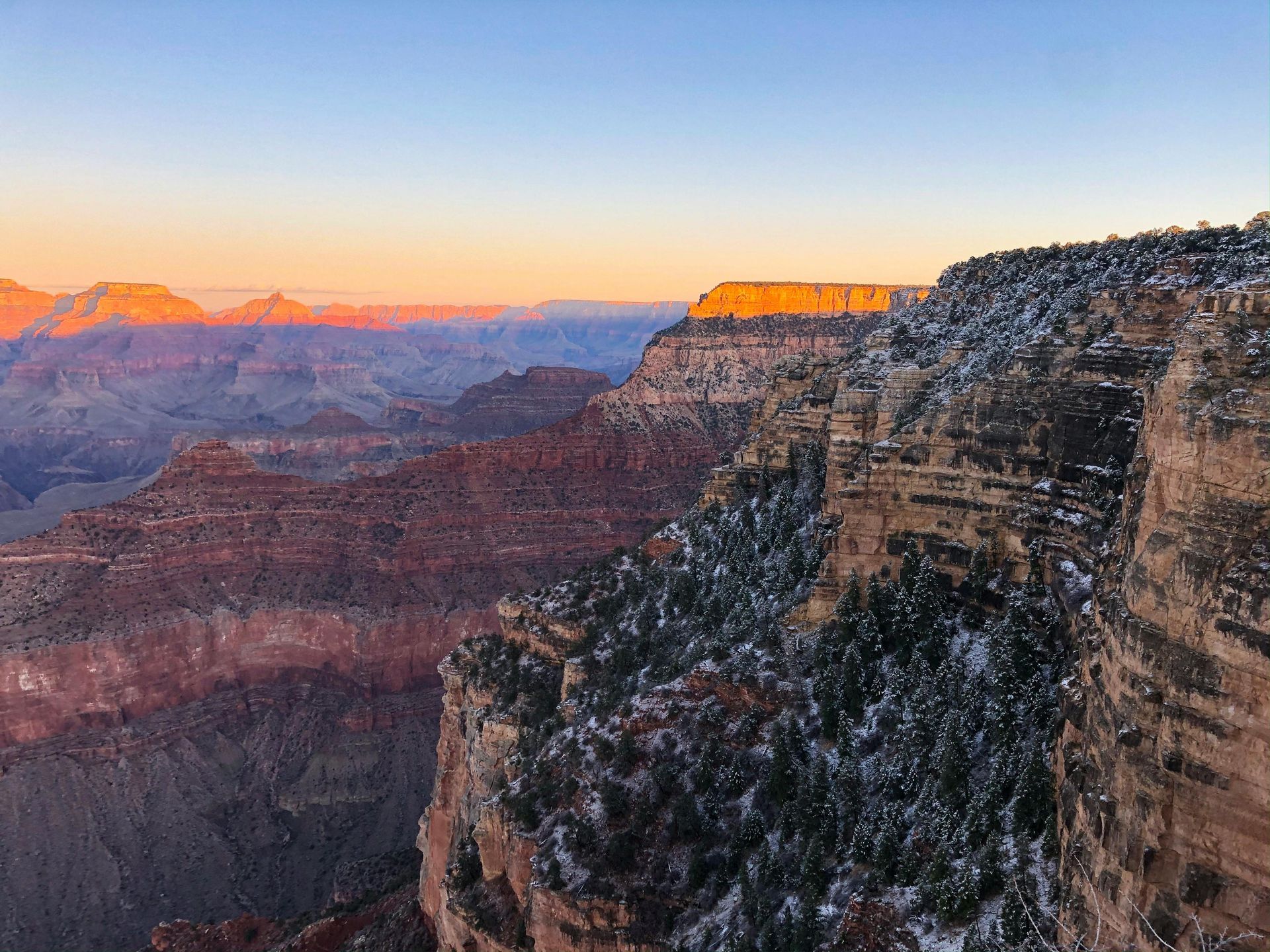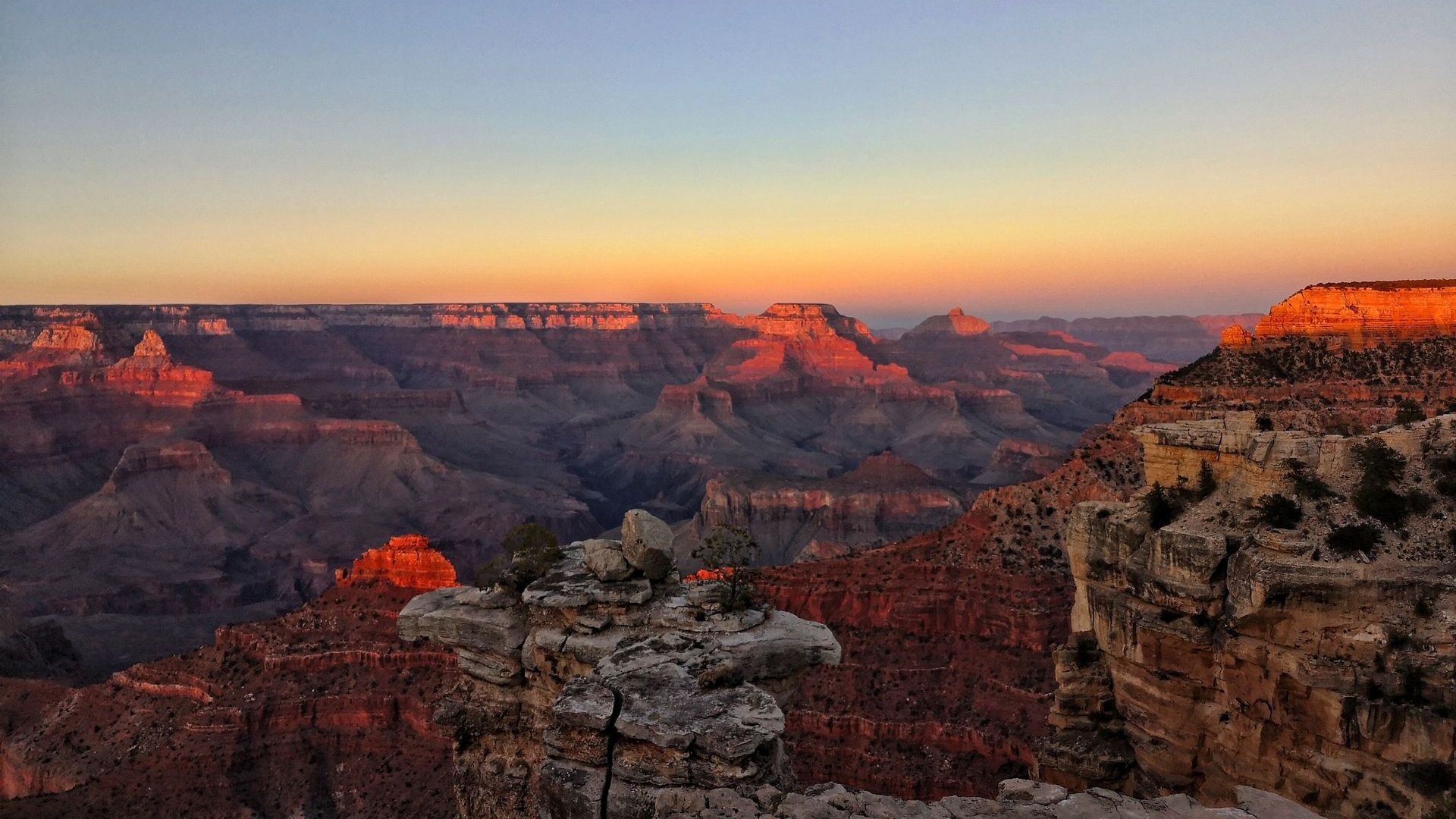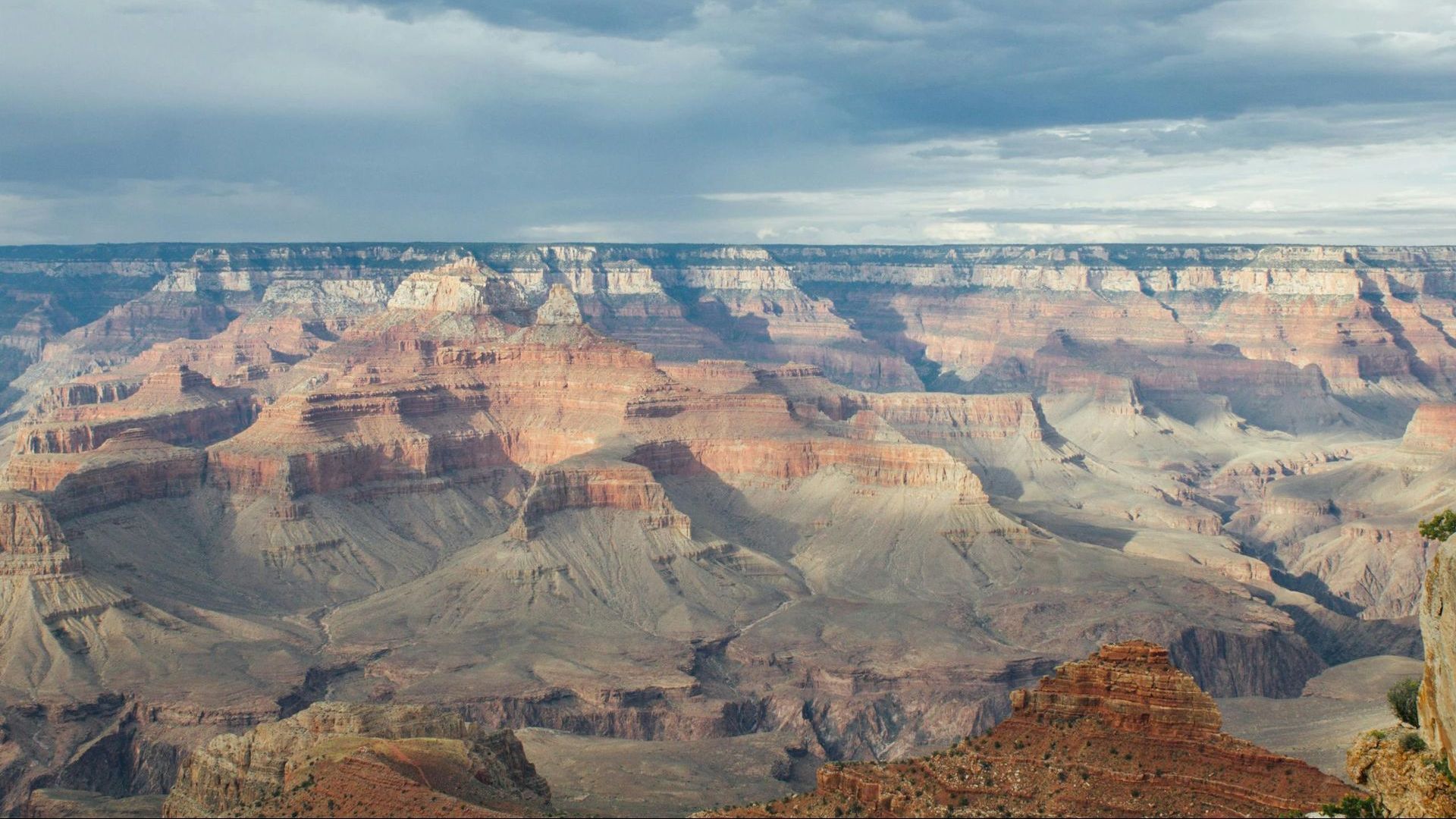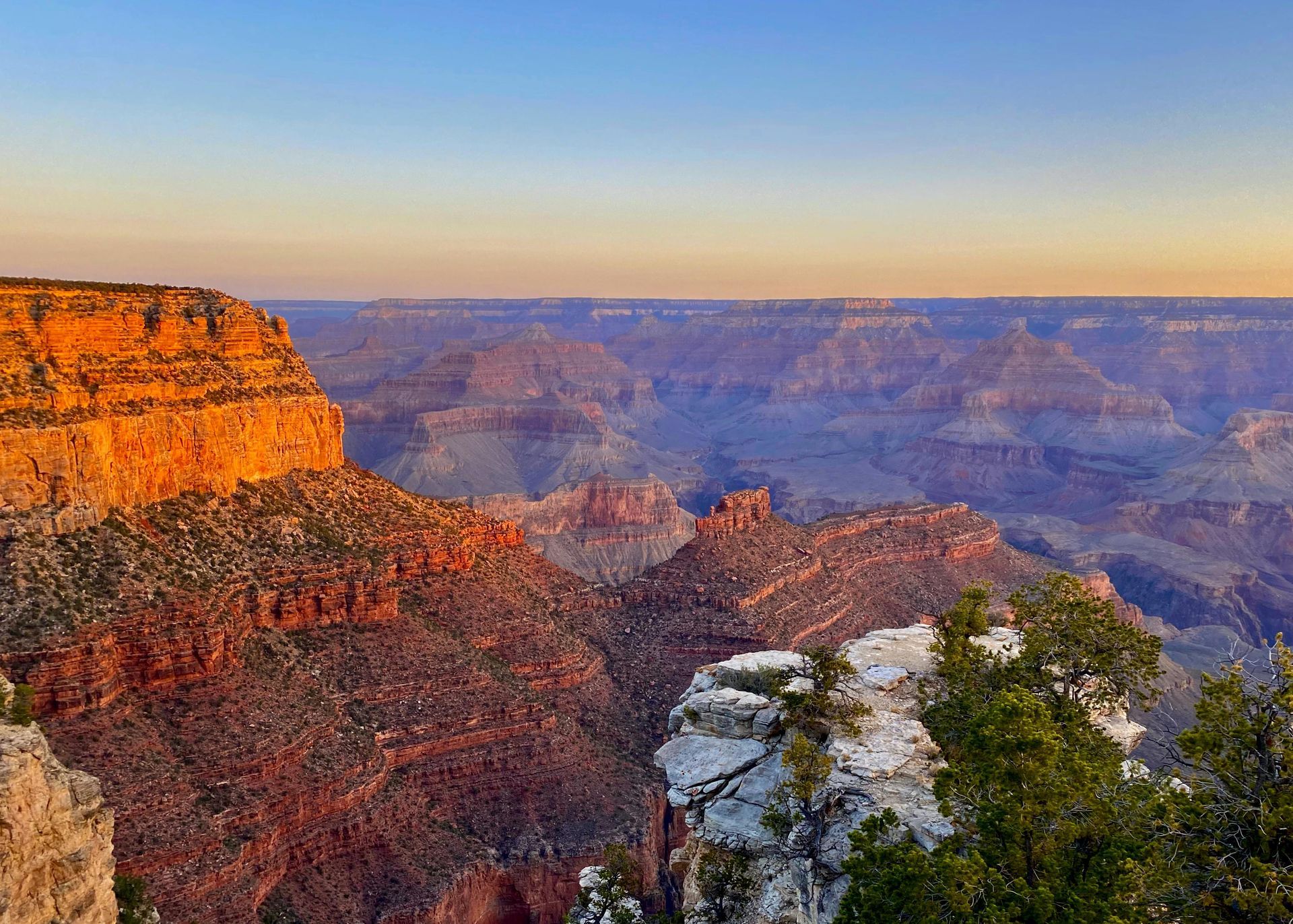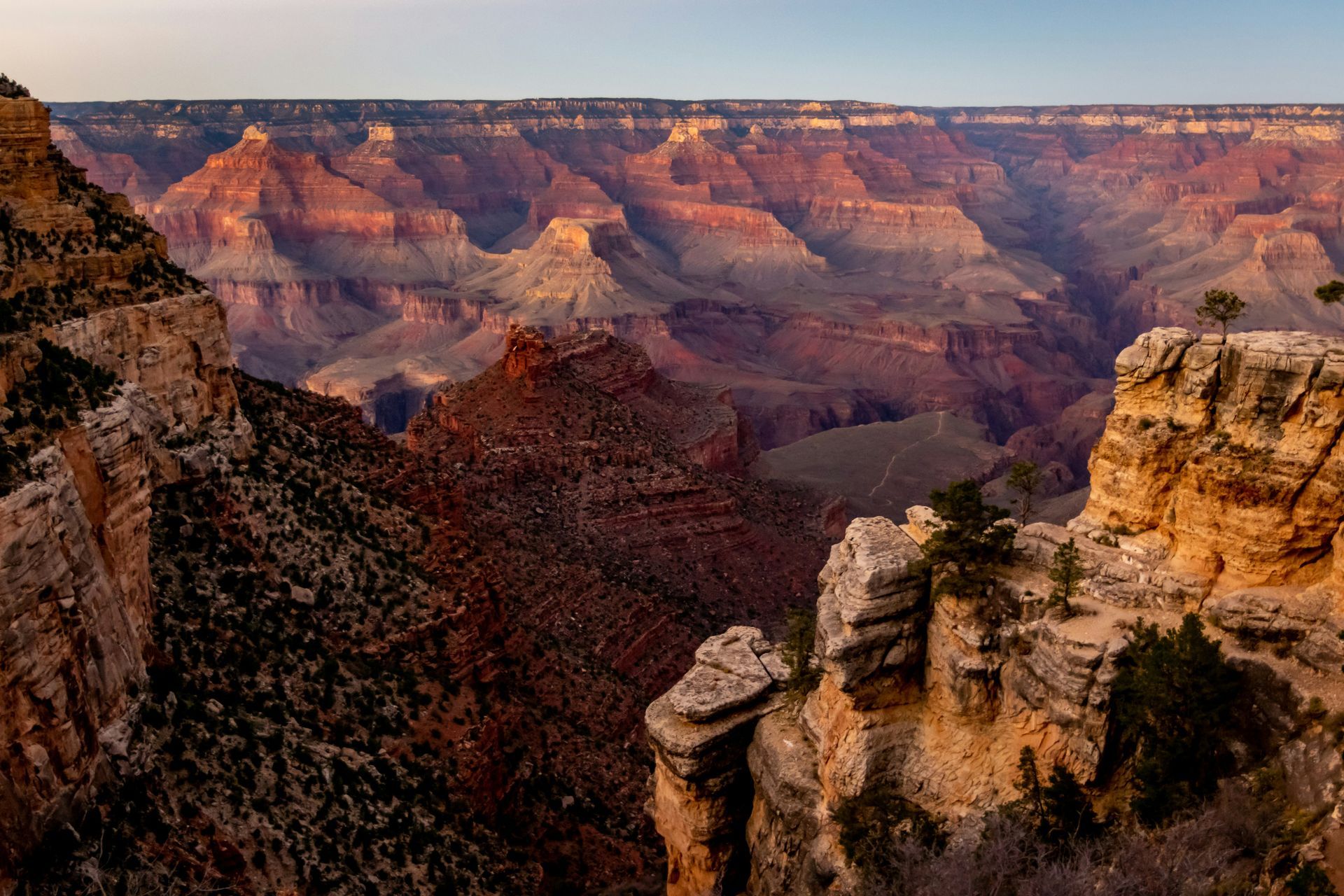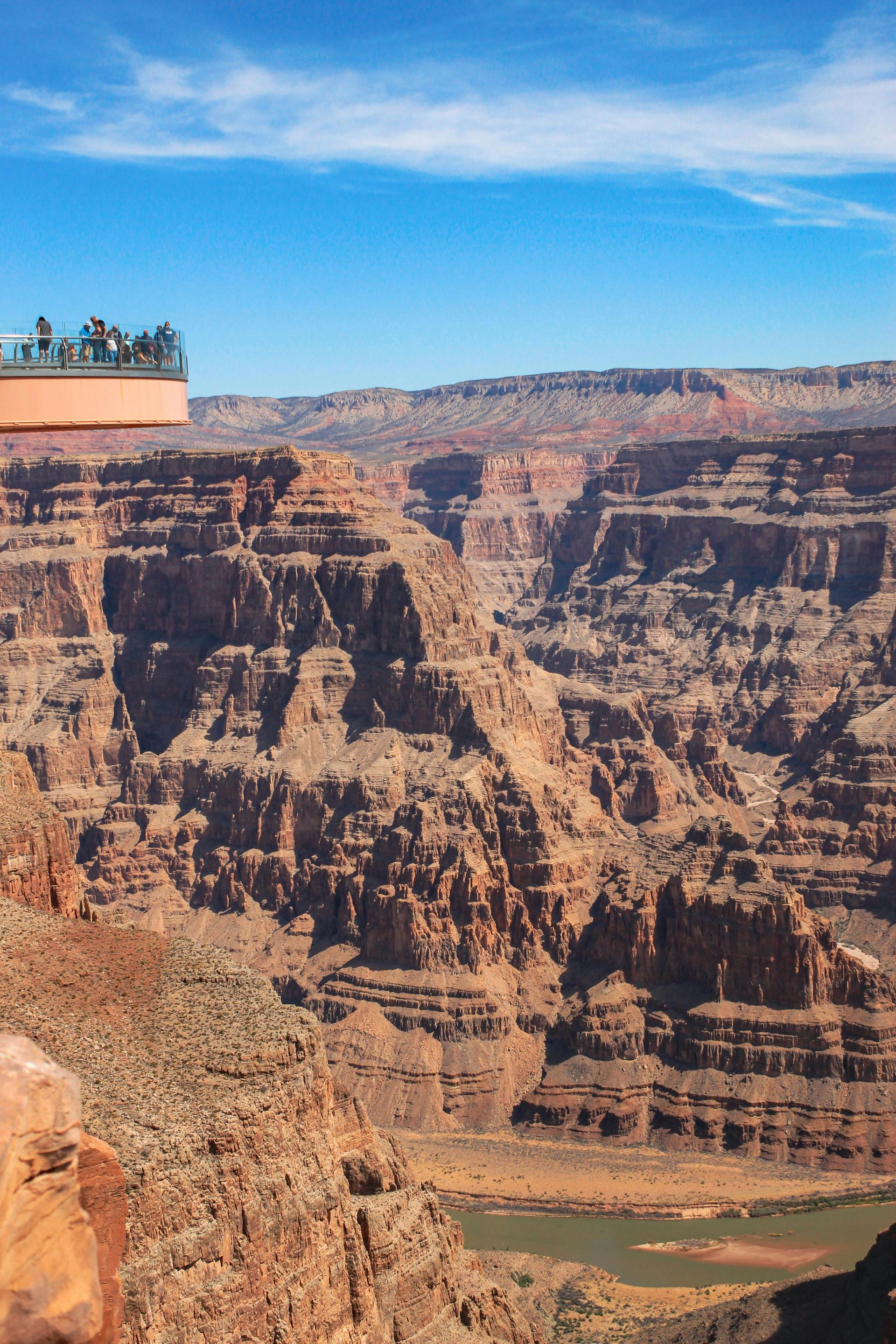10 Fun Facts about the Grand Canyon
Discover the Wonders of One of the World’s Most Iconic Natural Landmarks
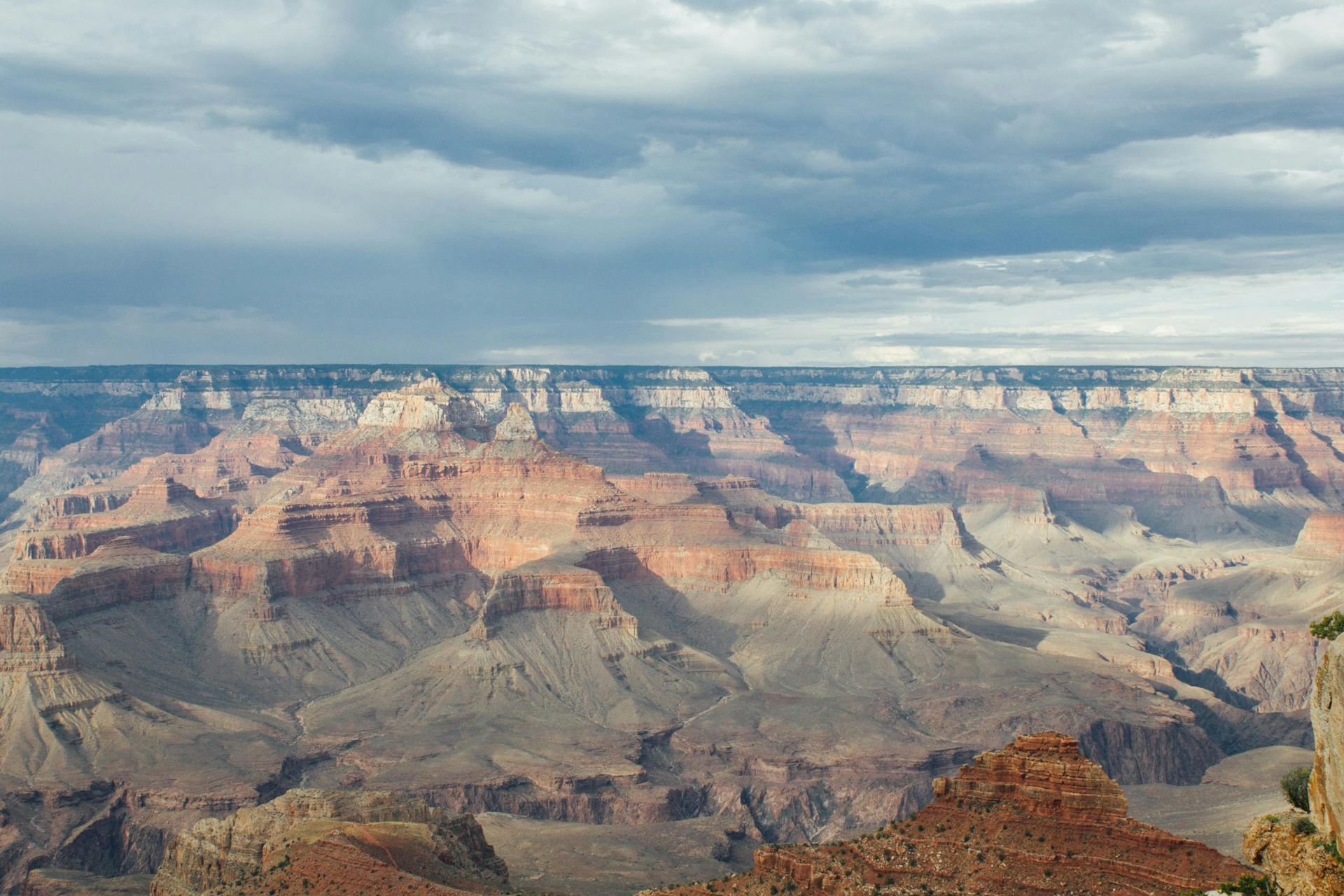
The Grand Canyon is one of the most visited and awe-inspiring destinations in the world. Its vastness, geological history, and stunning landscapes make it a must-see for nature lovers and adventure seekers alike. But beyond its breathtaking beauty, the Grand Canyon holds countless fascinating facts that might surprise you. Whether you’re planning a visit or simply curious about this natural wonder, here are some fun facts about the Grand Canyon that you might not know!
1. It’s Over 277 Miles Long
The Grand Canyon stretches an impressive 277 miles (446 kilometers) from end to end. The park itself covers over 1.2 million acres, offering visitors a vast area to explore, from the South Rim to the less-accessible North Rim. Whether you’re hiking, rafting, or simply sightseeing, the canyon's enormous size ensures there’s always something new to discover.
2. It’s Older Than You Think
The Grand Canyon is much older than you might expect. The oldest rocks at the bottom of the canyon, known as the Vishnu Schist, are over 1.7 billion years old! The canyon itself has been carved by the Colorado River over the past 5 to 6 million years, but the geological layers that make up the canyon’s walls date back billions of years, offering a glimpse into the Earth's ancient history.
3. It’s Home to Over 1,500 Plant Species
The Grand Canyon's unique climate and diverse elevations create a wide range of habitats for plant life. The park is home to more than 1,500 species of plants, from desert cacti to lush ponderosa pine forests. These plants not only contribute to the canyon's vibrant ecosystem but also add to its beauty, with wildflowers and unique vegetation popping up throughout the year.
4. It Has Its Own Weather System
Due to its vast size and varying elevations, the Grand Canyon has its own microclimate. The weather can be drastically different depending on where you are in the park. For instance, the South Rim has cooler temperatures year-round, while the bottom of the canyon, closer to the Colorado River, can experience intense heat, especially in the summer months. Visitors should always be prepared for rapidly changing conditions.
5. It Was Once an Ocean Floor
Incredibly, the Grand Canyon was once covered by an ancient ocean. Hundreds of millions of years ago, the area now known as the Grand Canyon was a vast, shallow sea. The evidence of this oceanic past is still visible in the canyon’s rock layers, which include limestone, sandstone, and shale that formed from the sediments of the ancient sea.
6. It’s Home to the Colorado River
The Colorado River is the lifeblood of the Grand Canyon, cutting through the landscape and creating the dramatic cliffs and valleys we see today. The river flows through the canyon for over 277 miles, offering opportunities for white-water rafting, kayaking, and scenic boat rides. The river’s deep blue waters provide a striking contrast against the red rock formations of the canyon, making it one of the most photographed features of the park.
7. It’s a UNESCO World Heritage Site
The Grand Canyon was designated a UNESCO World Heritage Site in 1979, recognizing its exceptional natural beauty and geological significance. It is also a designated National Park, attracting millions of visitors annually. This distinction ensures that the Grand Canyon's unique natural and cultural resources are protected for future generations to enjoy.
8. It’s One of the Deepest Canyons in the World
At its deepest point, the Grand Canyon is over 6,000 feet (1,800 meters) deep. While it’s not the deepest canyon on Earth (that title belongs to the Yarlung Tsangpo Grand Canyon in Tibet), the Grand Canyon is still incredibly deep and offers breathtaking views from its rim to the canyon floor. The sheer drop from the top to the bottom is enough to take anyone’s breath away.
9. It’s a Geologist’s Dream
The Grand Canyon is often referred to as one of the best places in the world to study geology. Its rock layers tell the story of the Earth’s history, with some layers representing ancient seas, volcanic eruptions, and even ice ages. Geologists from around the world visit the Grand Canyon to study these rock formations, which provide key insights into the history of our planet.
10. It’s Full of Ancient Art and Artifacts
The Grand Canyon has a rich cultural history, with evidence of human presence dating back thousands of years. Native American tribes such as the Havasupai, Hopi, and Navajo have lived in and around the canyon for centuries. Rock art, ancient dwellings, and artifacts can be found throughout the area, making it an important site for both natural and cultural preservation.
The Grand Canyon is Full of Surprises!
The Grand Canyon is much more than just a beautiful landscape—it’s a place rich in history, culture, and fascinating natural phenomena. Whether you’re drawn to its geological wonders, unique weather, or the incredible wildlife and plant life it sustains, the Grand Canyon offers endless surprises. The next time you visit, take a moment to reflect on the awe-inspiring facts that make this natural wonder so special.
From its massive size to its ancient history, the Grand Canyon is truly a treasure of the natural world that continues to amaze and inspire visitors from around the globe.
